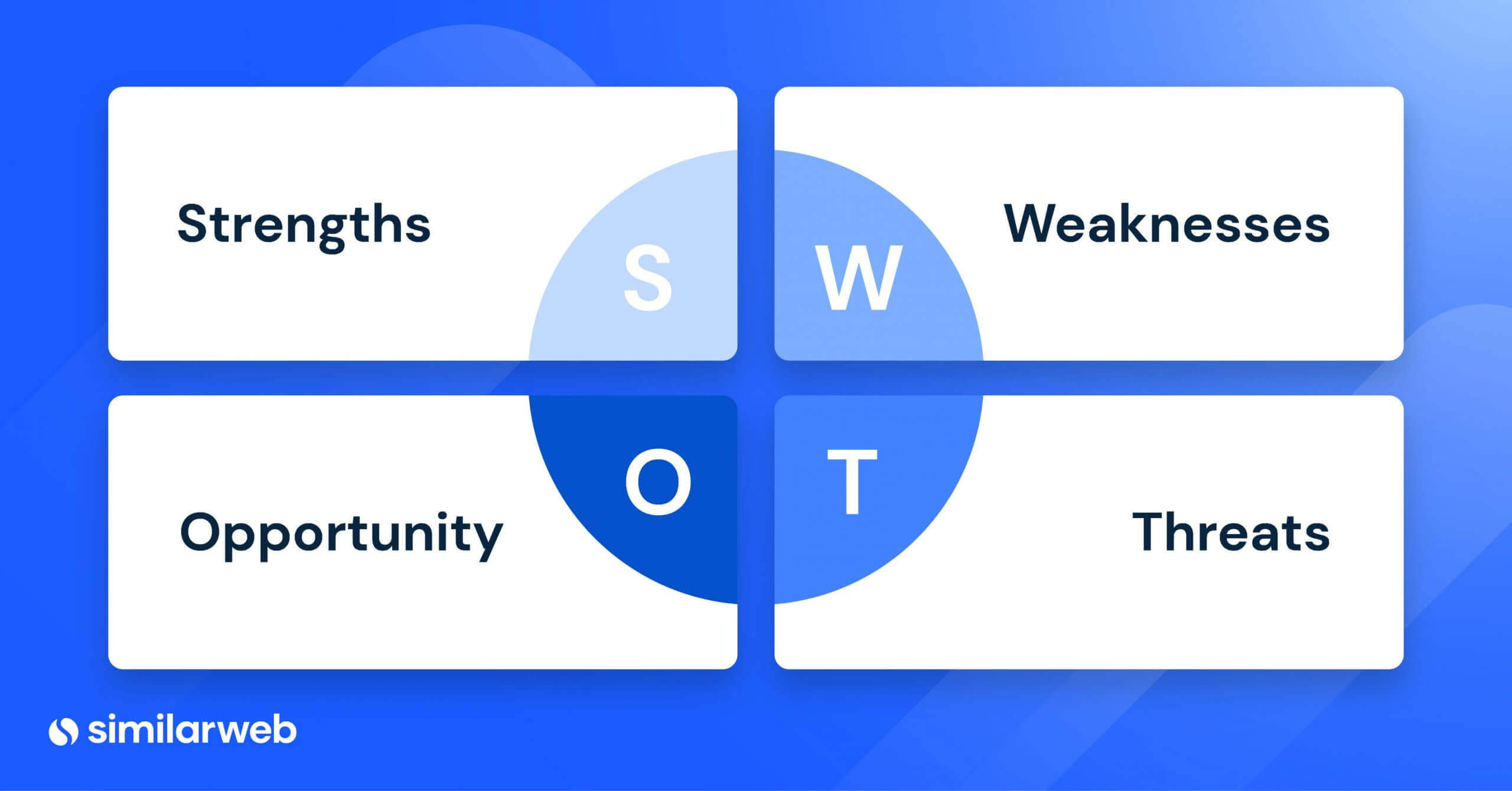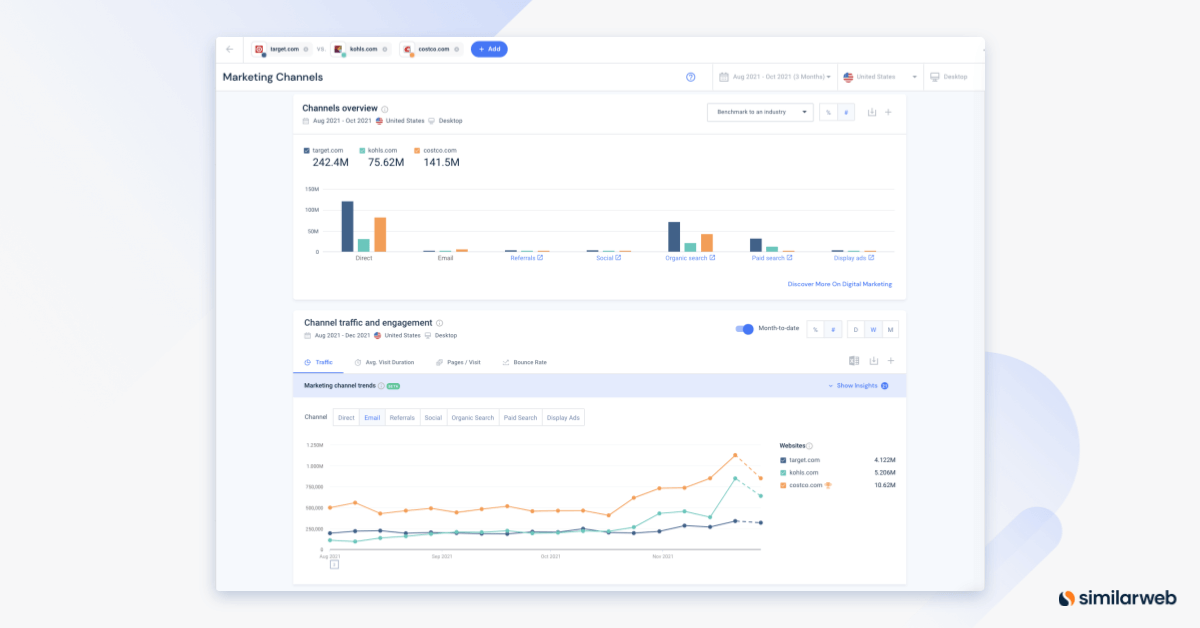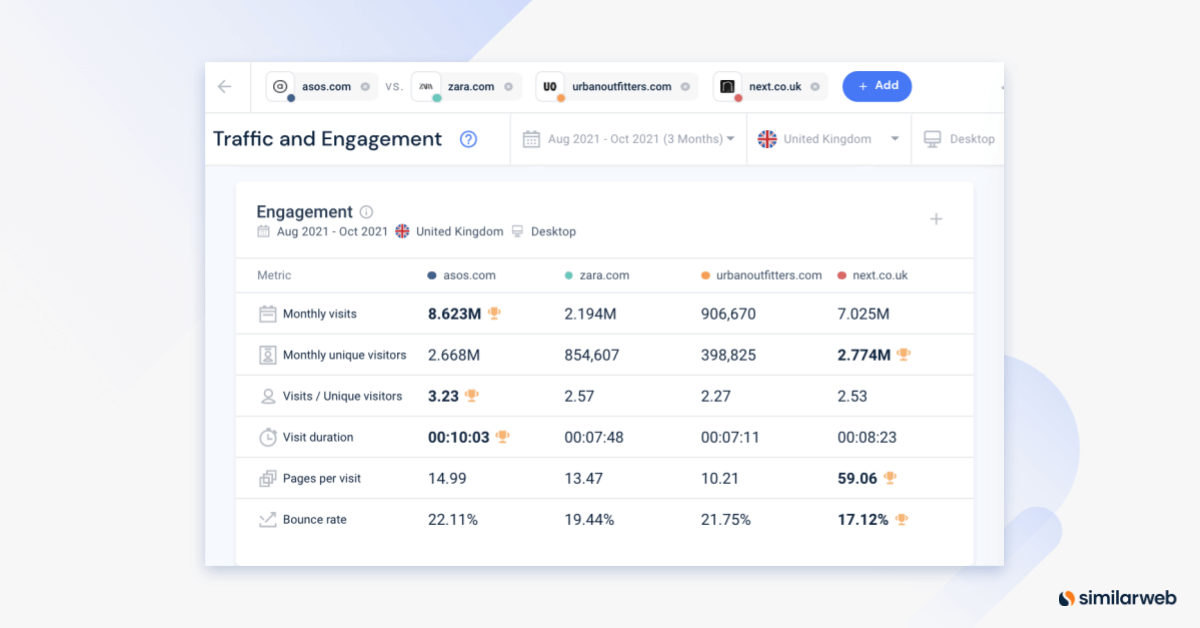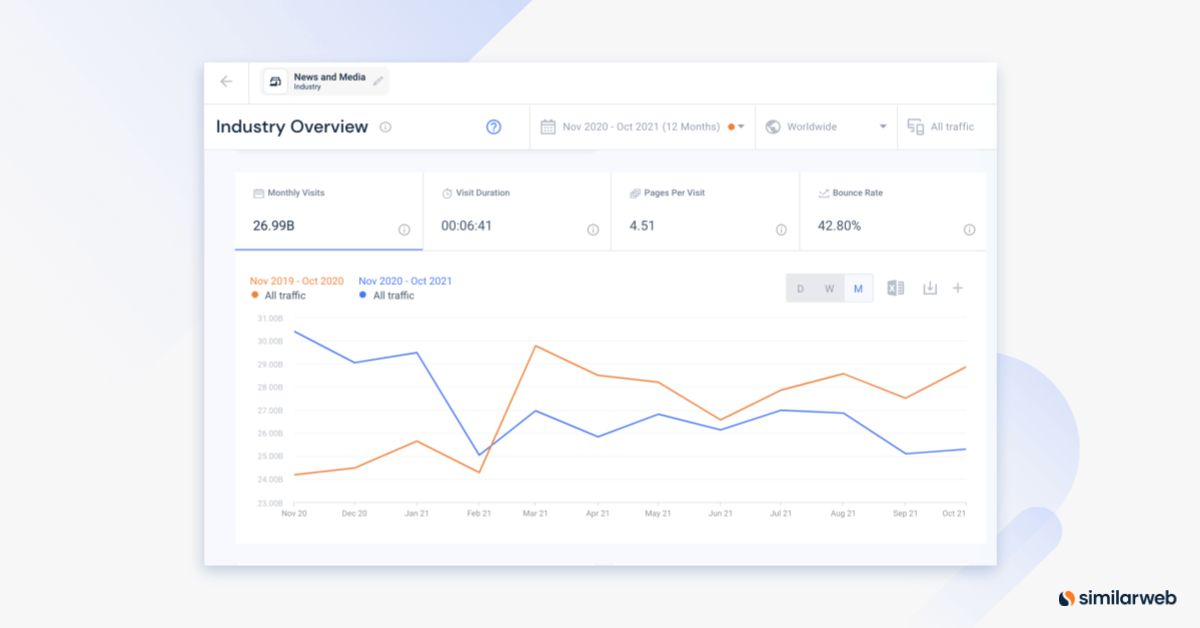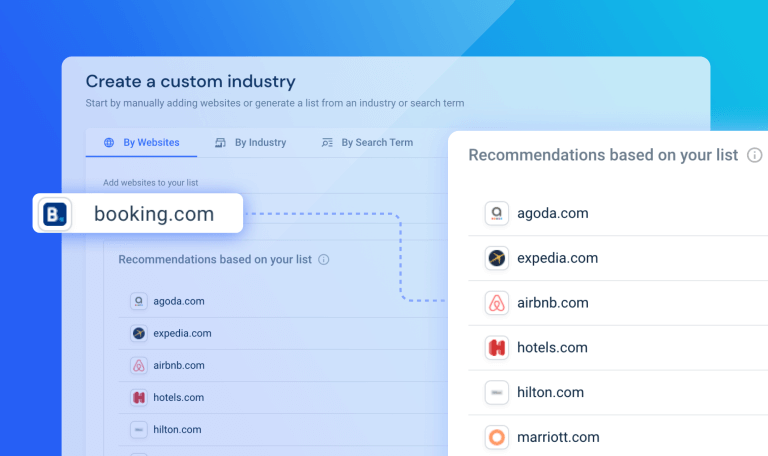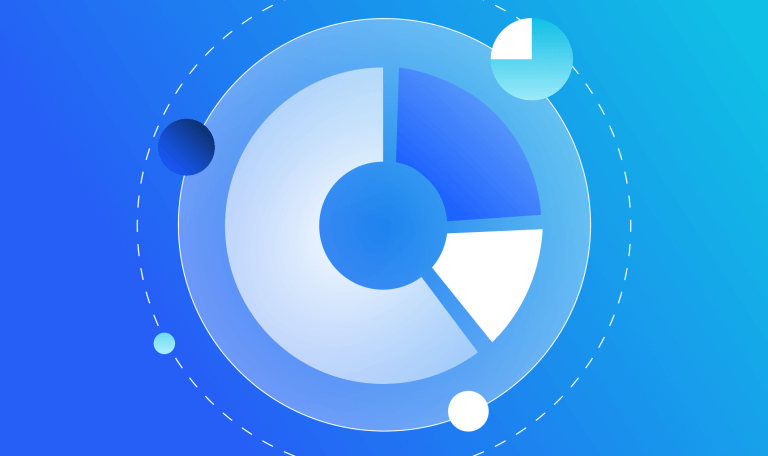3 Digital Maturity Benchmarks to Achieve Long-Term Growth

In the race toward digital transformation, you might think you’re doing well, maybe even leading the pack. But if you can’t see any of the other competitors on the racecourse, how do you really know where you stand? Enter digital maturity, or in other words, greater efficiency and profitability, and ultimately, increased business performance.
Boston Consulting Group found that digitally mature companies respond better to changing markets, have higher chances to grow their market share, save costs and generate revenue with less effort.
But how much you benefit from your maturity level actually depends on the technology you use to measure it.
Benchmarking tools are an invaluable resource for keeping track of your digital capabilities relative to competitors.
Which digital maturity benchmarks should you be using to keep track of your performance? Let’s find out.
What are digital maturity benchmarks?
Digital maturity models (DMMs) that define the phases of a company’s digital transformation and digital maturity index (DMI) that come in handy for an initial assessment.
Digital maturity benchmarks provide distinct reference points that add important context to both types of analysis.
For example, you can measure your current maturity level as a baseline and use that value as a benchmark to evaluate your progress along your digital transformation journey. All you need then is to keep measuring and monitoring changes, set quantifiable goals for various time frames, and identify areas where you’re progressing faster or where you need automation. Metrics to track along the way include audience engagement, website traffic, market share, and more.
You can also weave these digital maturity benchmarks into your competitive analysis strategy. Evaluating your position relative to the market is essential (remember our race metaphor?)
Before you set objectives for your business, you need to know what the market standard is and what your audience expects. This lets you define beneficial, achievable goals for your own company and offer something a little better or unique to your customers.
How do you choose the right digital maturity benchmarks for your business?
The answer is simple, but the implementation requires research and analytics. Think about the metrics that represent key areas for digital maturity, like connectivity and leveraging new technology to advance efficiency and profitability in your business.
That means you’ll want to identify consumer touchpoints and calculate their value for your business. Measure how various content assets and marketing materials perform, how accessible they are to your target audience, and how well you reach and interact with them.
Start with a digital maturity assessment based on metrics that represent key areas you want to improve – maybe you want users to stay on your website longer or you want to improve the performance of paid ads on social media. Then compare your numbers to the industry average. If you’re above the mark, you’re in an excellent starting position.
But don’t pop the bubbly yet. Check out industry leaders and see how you measure up to them to refine your digital maturity strategy even further. Investigate what they offer that you don’t and identify their strong points. For this, you may want to work with a SWOT analysis template as well to easily keep track of all your plusses and minuses.
Benchmark 1: Marketing channel performance
Our first digital maturity benchmark evaluates how well you leverage your marketing channels. More specifically, you want to see how much traffic the different channels get and how much engagement they generate. The main channels to benchmark include direct traffic, organic search, paid search, social media, email, and referrals.
By benchmarking marketing channels, you’ll be able to answer important questions about your online performance such as: Are your competitors dominant in one arena? Do your users prefer one channel over the other? You can also discover if there’s a variance in device use. Maybe social media kills it on mobile web, but on desktop, organic search is king.
Make sure you’re spending your ad budget where it drives the highest ROI and keep your eyes on emerging trends. Digital maturity is all about being agile, and by identifying trends, you’ll know exactly how and when to adapt.
While target.com leads the pack in most marketing channels, for example, two of its main competitors dominate the email marketing space. In the last month, both kohls.com and costco.com have seen spikes in the amount of traffic they receive from this channel. This is a great example of using an underperforming marketing channel from an industry leader, in this case, Target, to your advantage.
Benchmark 2: Engagement metrics
Engagement rate tracks how well you meet your audience’s expectations and preferences by measuring the amount of interaction your content receives relative to reach, competitors, or industry.
An audience that values your company will engage – if you provide the tools to do so. Make blog posts easily shareable, promote user-generated content, link internally within your site smartly, and even offer live customer support. Any of these tactics will open the line of communication with your audience, and entice them to stay longer on your site and browse through more content.
Typically, companies that use a variety of technologies and media, opt not to rely on traditional assets or technologies, instead choosing to advance further in their digital maturity mission.
Don’t forget to benchmark against similar businesses. eCommerce companies typically have longer session durations than reference websites, because their site visitors mimic an in-person shopping experience, browsing multiple options, rather than looking up a single fact or specific article and then leaving.
Even though monthly visits vary for four popular clothing brands in the U.K., engagement rates (specifically bounce rate, pages per visit, session duration, and unique visitors) are similar. If you’re in this industry – these are the digital maturity benchmarks to compare yourself to.
Benchmark 3: Historical data
We already mentioned how important it is to track your progress and compare it in context to stay in the race. That includes the market situation and any temporal or seasonal shifts that could positively and adversely affect companies. For example, look at a simple metric such as website traffic to publishers and media websites worldwide before and after the major COVID-19 lockdowns in 2020.
You can see an obvious spike in traffic between February and March 2020. And although web traffic in 2021 has dropped slightly, the industry is still performing better than pre-pandemic levels in 2019.
Historical data illustrates why it’s not enough to focus on your own performance. COVID-19 threw every business off course and affected many areas of the overall digital maturity process. If you only see how your stats were jolted either up or down, you have no way of understanding if that was just a unique experience or a cross-industry occurrence.
Benchmark like a pro
Digital transformation is a long-term process that aims for higher productivity and profitability. Digital maturity benchmarks enable you to evaluate in real time.
It’s time to try it yourself. Dig into the details of your website performance and understand where you need to better leverage technology to move forward.
Use Similarweb to enhance your digital strategy and answer key business questions as they come up. Are you at the stage your customers expect businesses of your kind to be? Are you a driving force for digitalization and customer engagement? Or are you just barely keeping up?
Similarweb has the industry data you need to answer these questions and help you plan the next step on your digital transformation roadmap. Kickstart with a free trial today.
Benchmark like a boss with fresh competitive data
Contact us to set up a call with a market research specialist

